Photography courtesy of Lowell Washburn, all rights reserved.
The Mid-Winter Waterfowl Survey is one of North America’s most important, longest running wildlife counts. Coordinated by the U.S. Fish & Wildlife Service, the annual survey is conducted through the cooperative efforts of federal, state, and provisional wildlife agencies. Conducted each January, the continentwide counts are designed to monitor ducks, geese, and swans whose populations may nest in areas – such as the Canadian arctic – which are not fully surveyed during spring or summer breeding counts.
In Iowa, the results of this year’s January survey provided a roller coaster mix of highs and lows. Despite this year’s mild weather, a lackluster total of 15,874 mallards were inventoried statewide, sagging well below the long-term winter average of around 56,000 mallards. This was the lowest [mallard] count since 2010, and the 5th lowest since 1967, according to state waterfowl biologist, Orrin Jones.
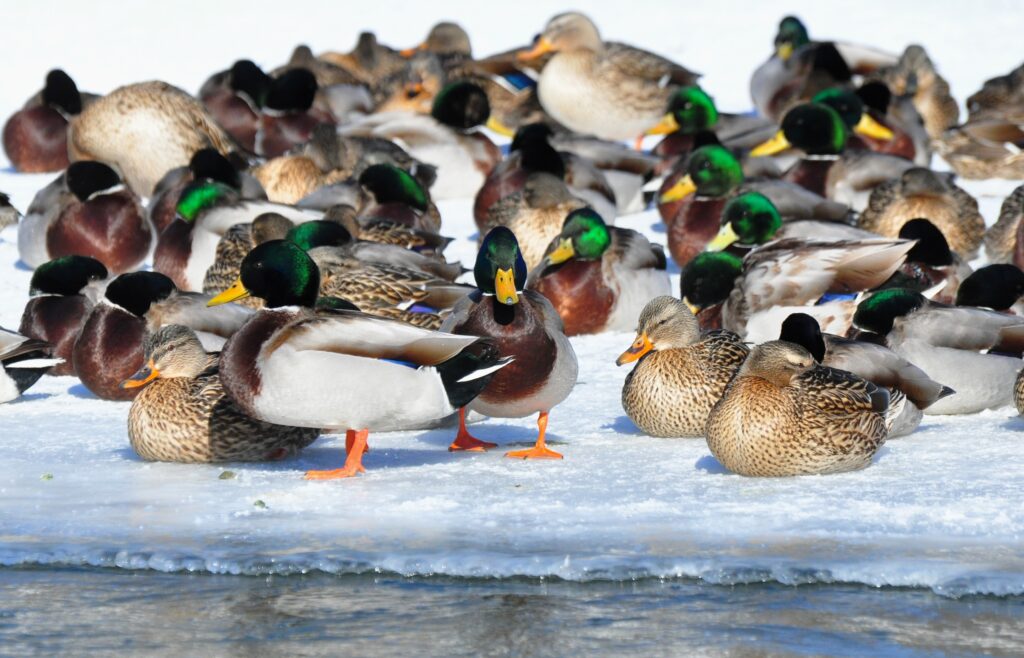
Biologists counted a total of 153,106 Canada geese; a 25 percent decrease from recent Iowa averages and below the twenty-year average of 176,369 wintering geese.
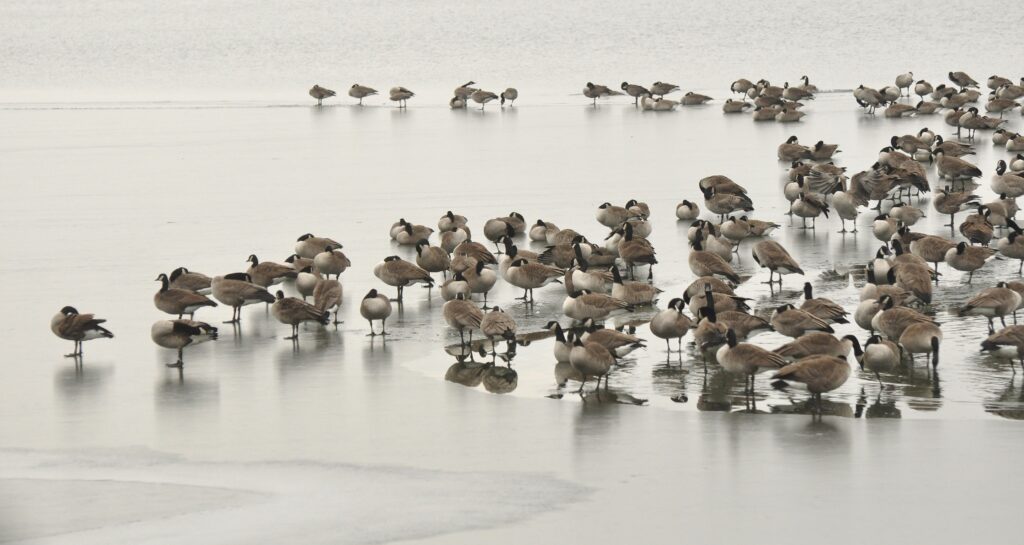
By contrast, this year’s winter count of 4,773 trumpeter swans was the 2nd highest in survey history and was significantly greater than the long-term average of 470 swans. As recently restored swan populations continue to expand, there has been a major corresponding increase in the number of swans surveyed during the past ten years, says Jones.
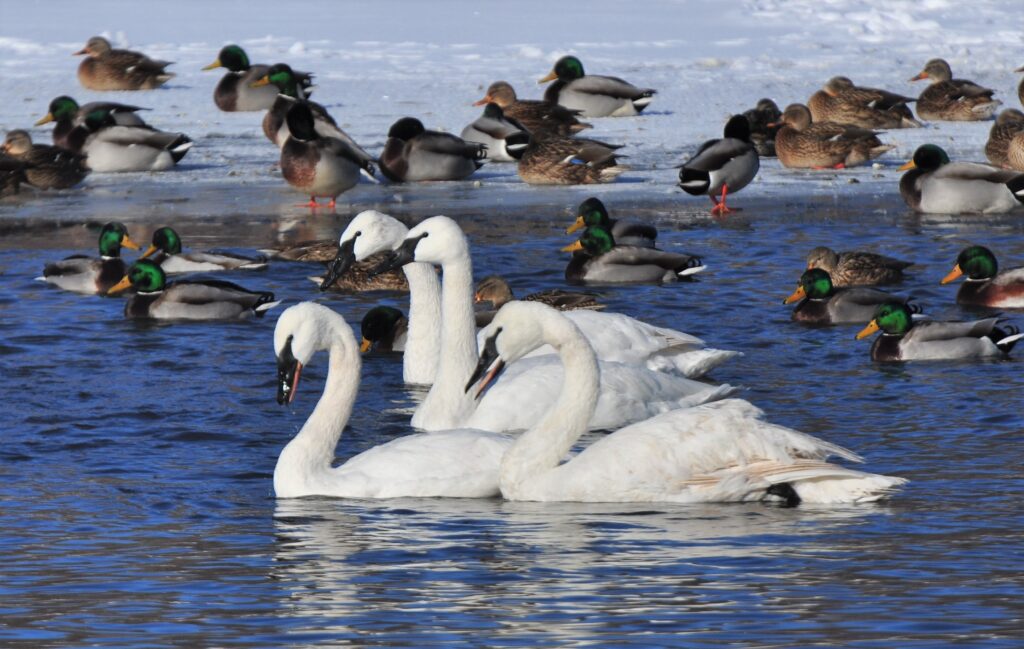
During recent months, wintering populations of Canada geese and trumpeter swans have suffered alarming die offs due to the new and lethal [D1.1] variant of highly pathogenic avian influenza. Whether or not these unprecedented losses will impact spring nesting efforts remains unknown.

 Susan Judkins Josten
Susan Judkins Josten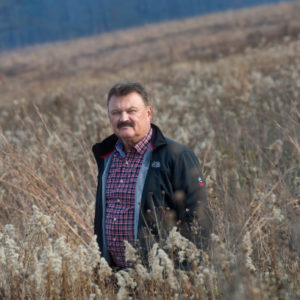 Rudi Roeslein
Rudi Roeslein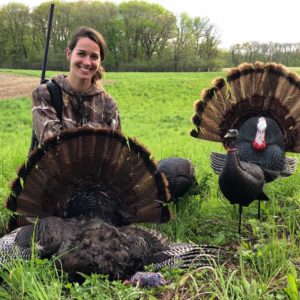 Elyssa McFarland
Elyssa McFarland Mark Langgin
Mark Langgin Adam Janke
Adam Janke Joe Henry
Joe Henry Sue Wilkinson
Sue Wilkinson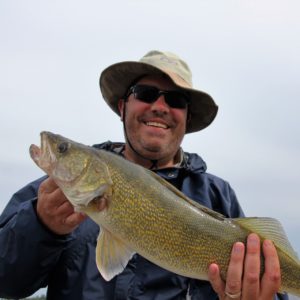 Tom Cope
Tom Cope Kristin Ashenbrenner
Kristin Ashenbrenner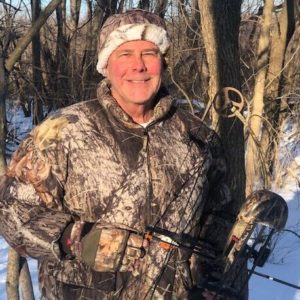 Joe Wilkinson
Joe Wilkinson Dr. Tammy Mildenstein
Dr. Tammy Mildenstein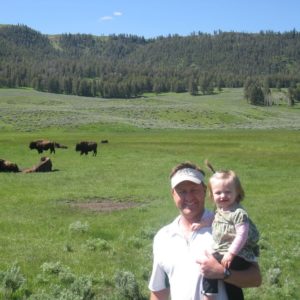 Sean McMahon
Sean McMahon